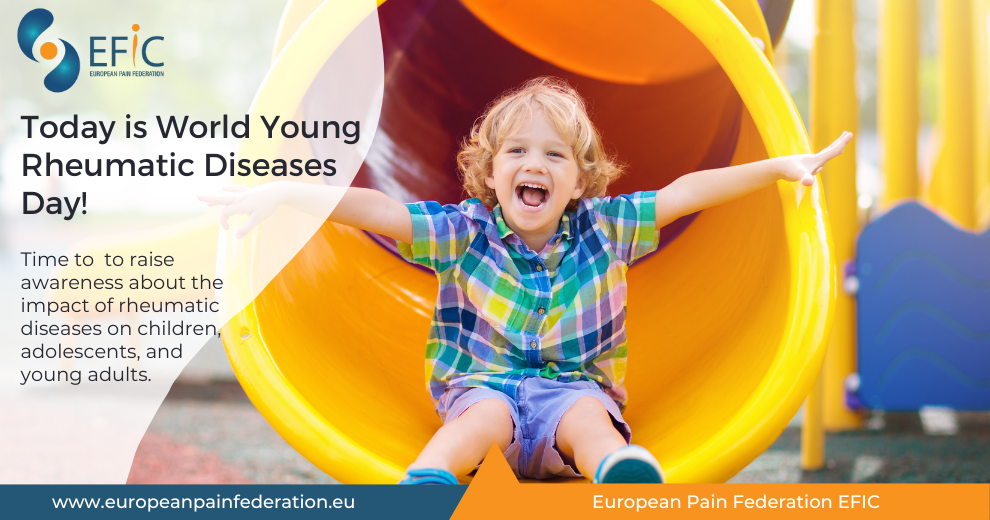World Young Rheumatic Diseases Day is an annual event held on 18 March to raise awareness about the impact of rheumatic diseases on children, adolescents, and young adults. The day aims to increase understanding and knowledge of rheumatic diseases, as well as to promote early diagnosis and access to appropriate care and treatment for affected individuals.
Rheumatic diseases in children are a group of conditions that affect the joints, muscles, and bones, causing pain, stiffness, and swelling. These conditions can have a significant impact on a child’s physical and emotional well-being, as well as their ability to participate in daily activities. Juvenile idiopathic arthritis (JIA) is the most common rheumatic disease in children, affecting approximately one in 1,000 children. Children with JIA experience pain and stiffness in their joints, which can make it difficult to move, walk, and play. Pain may also occur in other parts of the body, such as the eyes, skin, or muscles. Other types of rheumatic diseases that can affect children include lupus, dermatomyositis, scleroderma, and vasculitis, which can cause a range of symptoms including joint pain, muscle weakness, and skin rashes.
Pain is a common symptom of rheumatic diseases in children, and it can range from mild to severe, and be acute or chronic. Pain is a complex and subjective experience, and its management in children with rheumatic diseases requires a multidisciplinary approach. Effective pain management can help improve a child’s quality of life, reduce disability, and promote participation in daily activities. Treatment options for pain in children with rheumatic diseases may include non-pharmacological interventions, such as physical therapy, occupational therapy, and psychological support, as well as pharmacological interventions, such as nonsteroidal anti-inflammatory drugs (NSAIDs), disease-modifying antirheumatic drugs (DMARDs), and biologic agents. In addition to medical treatment, parents and caregivers can play an important role in helping children manage their pain. Encouraging children to engage in activities they enjoy, providing emotional support, and helping them develop coping strategies can all be helpful. Education and support for families are also important, as they can help parents understand their child’s condition, manage their pain, and advocate for their needs. With the right treatment and support, children with rheumatic diseases can manage their pain and lead active, fulfilling lives.
The ultimate goal of #WORDDay2023 is to improve the lives of young people affected by rheumatic diseases by increasing awareness and understanding of these conditions, improving access to appropriate care and treatment, and promoting research and advocacy efforts to find better treatments and ultimately a cure. By bringing attention to these often overlooked conditions and highlighting the experiences of those affected, #WORDDay2023 plays an important role in improving the lives of young people with rheumatic diseases around the world.
For more information please visit https://wordday.org/
Please find relevant articles on pain among younger populations from the European Journal of Pain here:
Communicating with children about ‘everyday’ pain and injury: A Delphi study
EJP Special Issue: Pain in Children
